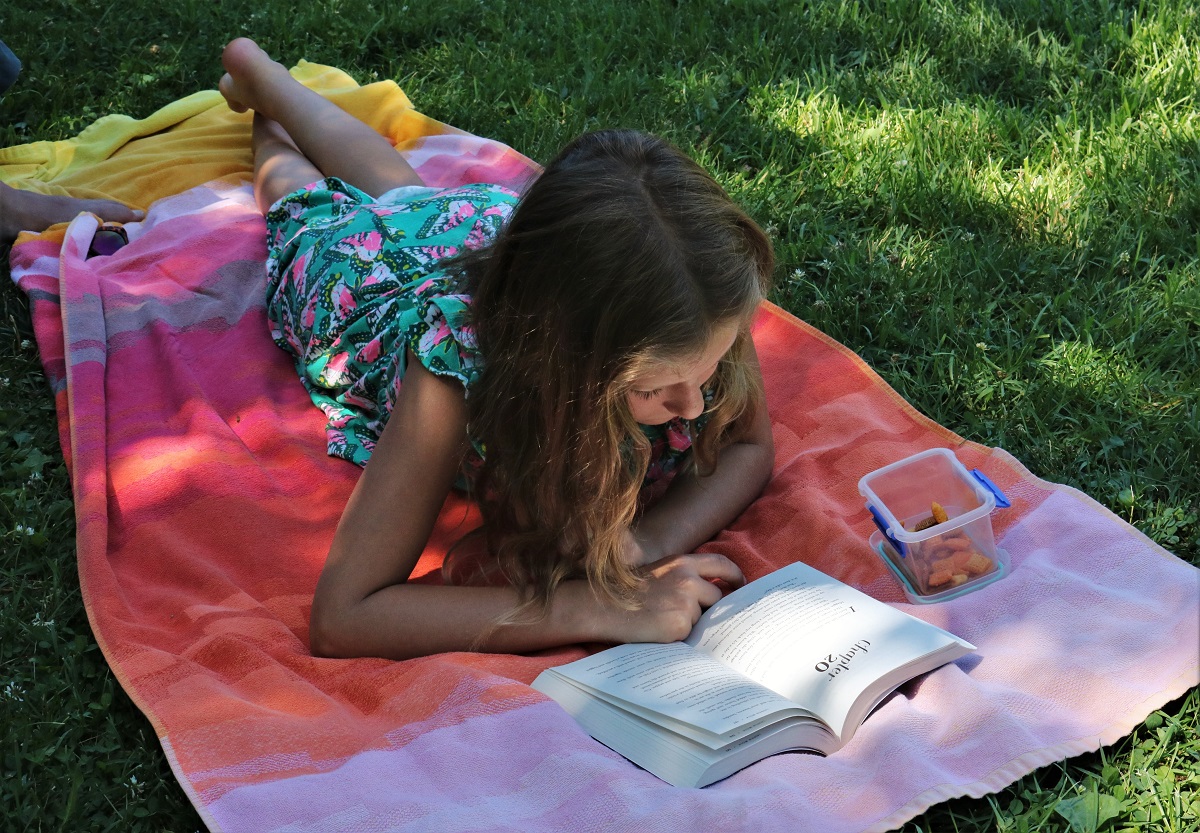March 20th 2023
Will my north facing garden get any sun?

If you are considering buying a new home the size and orientation of the garden may well be one of the factors in your decision-making process. If your potential new home has a north facing garden, you may ask yourself “Will my North facing garden get any sun?”
Optimizing Your North-Facing Garden for Sunlight: Tips and Ideas for a Stunning Outdoor Oasis
Having a north-facing garden may initially seem challenging due to the limited sunlight it receives when compared to notoriously sunny south-facing gardens. However, with careful planning and creativity, you can transform your north-facing garden into a beautiful and functional outdoor space that thrives even in the shade.
A north-facing garden can absolutely be a stunning outdoor space you can enjoy. In this short guide, we will explore various tips and ideas to maximize your garden’s potential for sunlight, ensuring it becomes an inviting oasis for relaxation, entertainment, and gardening. From plant selection to design considerations, we’ll cover all aspects to help you create a stunning north-facing garden that flourishes throughout the year. A north-facing garden you will love.
Determining Your Garden’s Aspect
Understanding your garden’s aspect is crucial for making informed decisions regarding plant selection, seating arrangements, and other design elements. Stand by the outside wall at the back of your house with a compass to determine your garden’s aspect. If the north is directly ahead of you, then your garden is north-facing. If buying off-plan be sure to discuss this with your sales advisor so that when you make plans for your garden, you can be sure to make appropriate planting choices.
Embrace the Shade
One advantage of a north-facing garden is the natural shade it offers, particularly during scorching summer months. Embrace this shade and create a comfortable seating area under a tree or install a pergola or awning to provide additional shade. By doing so, you can enjoy your garden even during the hottest parts of the day. Consider incorporating the following shade-loving plants to enhance the cool and peaceful atmosphere:
- Hostas: These popular plants come in various varieties, with different leaf sizes, textures, and colours. They thrive in containers or in the ground.
- Ferns: Ferns add texture and interest to your garden and can flourish in moist soil.
- Bleeding Heart: This unique shade plant produces heart-shaped flowers in spring and can tolerate partial to full shade.
- Astilbe: With its feathery plumes in shades of pink, white, and red, astilbe adds beauty to shady areas. It prefers moist soil.
- Japanese Forest Grass: This low-growing, shade-loving grass features beautiful golden-yellow leaves that brighten up the garden.
- Coral Bells: Also known as Heuchera, these shade-loving perennials boast colourful leaves ranging from lime green to deep burgundy.
- Lungwort: Lungwort is a distinctive shade-loving plant that highlights spotted leaves and lovely pink or blue flowers in spring. It grows well in partial to full shade.
- Hydrangeas: These popular flowering shrubs thrive in shady areas and produce beautiful blooms in an assortment of colours.
- Camellias: Evergreen shrubs that offer stunning flowers in winter and early spring, camellias can do well in partial shade.
Creating Functional Zones
To maximise the functionality of your north-facing garden, consider dividing it into different zones. Each zone can cater to specific activities and preferences, creating a harmonious and well-utilised space. Some suggested zones include:
– Seating Area: Designate a comfortable space for outdoor dining and entertaining. Incorporate weather-resistant furniture and shade structures to create a cosy atmosphere.
– Vegetable Garden: Utilise a portion of your garden to grow delicious vegetables that thrive in shaded conditions, such as lettuce, spinach, and kale.
Wildlife Area: Set up a bird feeder, bug hotel, or butterfly garden to attract wildlife and promote biodiversity.
– Play Area: If you have children, create a dedicated space for them to play and explore. Include age-appropriate equipment, such as swings or a sandpit.
– Zen Garden: Design a tranquil area with elements like a small rock garden, bamboo fountain, or meditation space. This zone can be a serene retreat within your north-facing garden.
Enhancing with Lighting
Since north-facing gardens tend to be a little darker, incorporating lighting fixtures can create a magical and inviting ambience. Install outdoor lighting, such as fairy lights, lanterns, or solar-powered lights, to illuminate pathways, seating areas, and focal points. By strategically placing lighting fixtures, you can enjoy the beauty of your garden even after sunset.
Considering Water Features
Water features add a touch of serenity and tranquillity to any garden, in a north-facing garden the presence of water only adds to the calming coolness. Consider installing a fountain, pond, or waterfall to create a soothing atmosphere. The gentle sounds of water can provide a calming effect while attracting wildlife such as birds and frogs. Choose water plants like water lilies or water hyacinths that thrive in partial shade to complement the area around your water feature.
Utilising Vertical Space
In a north-facing garden, utilizing vertical space becomes crucial for optimising sunlight exposure. By incorporating vertical elements, you can add interest and create the illusion of a larger garden. Some ideas for utilising vertical space include:
– Vertical Gardens: Install vertical planters or trellises to grow climbing plants like ivy, clematis, or jasmine. These plants not only add greenery but also provide privacy and vertical interest
– Hanging Baskets: Hang colourful flowering baskets from pergolas, awnings, or trees to introduce vibrant hues and create an enchanting atmosphere.
Wall-Mounted Planters: Attach wall-mounted planters to fences or exterior walls to cultivate cascading flowers or herbs, adding visual appeal to the vertical surfaces.
Incorporating Mirrors
Strategically placing mirrors in your north-facing garden can help reflect sunlight and create an illusion of more space. By positioning mirrors on fences or walls, you can bounce light into darker corners, brightening up the overall ambiance. However, ensure that the mirrors are securely mounted and angled to avoid reflecting direct sunlight into sensitive areas.
Creating a Microclimate
In a north-facing garden, creating a favourable microclimate can enhance plant growth and extend the growing season. Consider the following techniques:
– Windbreaks: Install windbreaks, such as trellises or fences, on the garden’s northern side to protect plants from cold winds. This will create a sheltered area, allowing more delicate plants to thrive.
– Mulching: Apply a layer of organic mulch around plants to retain moisture, regulate soil temperature, and suppress weed growth. Mulching also adds organic matter to the soil over time, improving its fertility and structure.
– Greenhouse or Cold Frame: Consider installing a small greenhouse or cold frame to extend the growing season and provide a controlled environment for more sensitive plants. This can be particularly beneficial for growing vegetables and starting seedlings earlier in the year.
Seeking Inspiration
Gardening is a continuous learning process, and seeking inspiration from external resources can greatly enhance your north-facing garden. Explore the following websites for additional tips, ideas, and expert advice:
Royal Horticultural Society (RHS): The RHS website offers a wealth of information on garden design, plant selection, and maintenance, including specific guidance for north-facing gardens.
Gardening Know How: Find valuable tips and articles on gardening techniques, plant care, and landscaping ideas on the Gardening Know How website.
BBC Gardeners’ World: The BBC Gardeners’ World website features a range of inspiring articles, videos, and guides to help you make the most of your garden, regardless of its aspect.
Transforming your north-facing garden into a stunning outdoor oasis is entirely possible with careful planning and strategic design choices. By embracing the shade, creating functional zones, incorporating lighting, considering water features, utilizing vertical space, and implementing techniques to enhance sunlight exposure, you can maximize the potential of your north-facing garden. Remember to seek inspiration from external resources and adapt ideas to suit your personal preferences and garden’s unique properties.



 Customer Portal
Customer Portal


